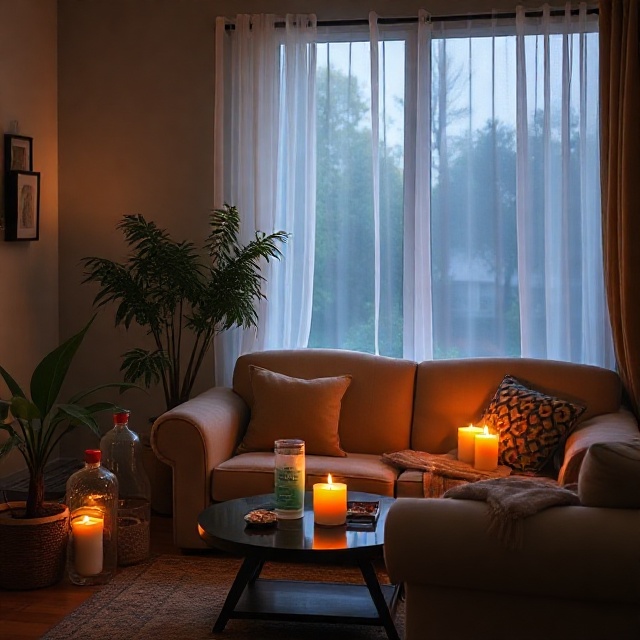Your home should be a place of peace and healing—not a source of silent toxicity. However, most households today unknowingly harbor numerous pollutants that contribute to illness, inflammation, and hormonal disruption. Creating a non-toxic home environment is not just about cleanliness—it’s about making mindful swaps and understanding what may be poisoning your body on a daily basis.
According to Dr. Barbara O’Neill, many household items and habits introduce natural toxicants that can be harmful in the long term. Let’s explore the causes, consequences, and solutions for building a non-toxic home.
Understanding Toxic Environments at Home
A toxic environment at home doesn’t just refer to emotional or mental toxicity—it also includes physical hazards like synthetic fragrances, harsh cleaners, chemical-laden furniture, and plastic packaging. If you’ve ever wondered what things can affect your environment at home, consider these:
- Artificial air fresheners and scented candles
- Plastic containers and food wraps (especially when heated)
- Pesticides used indoors or on lawns
- Detergents, floor cleaners, and disinfectants with synthetic chemicals
- Flame retardants on furniture and curtains
These are not just “dirty” items—they introduce natural toxicants, which Dr. O’Neill defines as harmful substances derived from nature (e.g., cyanide in almonds or goitrogens in cabbage), as well as manufactured toxicants found in many household products.
List Five to Ten Things from Your Home Environment That May Be Toxic
A practical step is to evaluate your surroundings. Here are 10 things found in the home environment that may need replacing:
- Plastic food containers
- Aerosol sprays
- Artificial fabric softeners
- Chemical-based dishwashing liquids
- PVC shower curtains
- Aluminum cookware
- Bleach and ammonia cleaners
- Plug-in air fresheners
- Synthetic carpets or rugs
- Non-organic produce with pesticide residue
Each of these contributes to a toxic environment at home, affecting respiratory health, hormonal balance, and even mental clarity.
Natural Alternatives: The Foundation of a Non-Toxic Home
To build a truly non-toxic home, start replacing harmful products with safer, natural alternatives. Here are some quick, effective changes inspired by Dr. O’Neill’s advice:
- Non-toxic home fragrance: Use pure essential oil diffusers like lavender, eucalyptus, or lemon.
- Non-toxic homemade laundry detergent: Combine washing soda, baking soda, and grated castile soap.
- Non-toxic homemade weed killer: Mix vinegar, salt, and dish soap for an effective, chemical-free solution.
- Non-toxic homemade dishwasher detergent: Use borax, washing soda, and citric acid for a safe clean.
These swaps not only reduce your body’s toxic burden but also protect the environment.
Emotional Toxicity: Another Invisible Danger
Dr. O’Neill also addresses the toxic environment at home meaning from an emotional perspective. Stress, negativity, and constant conflict contribute to inflammation and lowered immunity. If you’re looking for answers on how to deal with toxic environment at home, start by:
- Setting emotional boundaries
- Practicing forgiveness and letting go
- Creating calming spaces with minimal clutter and natural light
- Limiting screen time and digital noise
Searches like toxic environment at home Reddit reveal how common this issue is, and why mental detox is just as essential as physical detox.
Things to Do at Home to Help the Environment
Creating a non-toxic home goes hand-in-hand with eco-conscious living. Here are things to help the environment at home while benefiting your health:
- Use non-toxic home products in cleaning and skincare
- Compost kitchen waste
- Choose organic, seasonal produce
- Use non-toxic home air fresheners like citrus peels or baking soda bowls
- Install water and air filters
- Avoid single-use plastics
Final Thoughts
In conclusion, knowing how to create a non-toxic home environment is vital in today’s chemically saturated world. From recognizing natural toxicants in foods like almonds and cabbage to eliminating plastic, harsh cleaners, and synthetic scents, every small step counts.
As Dr. Barbara O’Neill emphasizes, your home should be your sanctuary. Through natural alternatives, conscious choices, and emotional mindfulness, you can detoxify your space and support better health for you and your family—naturally and sustainably.



